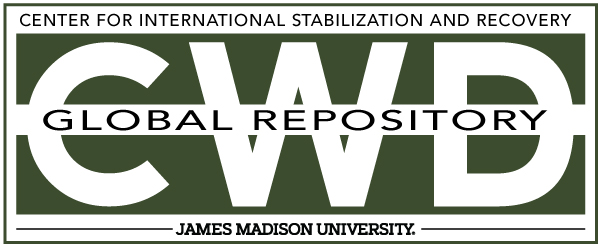Mid-Term Outcome Evaluation Strengthening National Capacity for Mine Action in Yemen - Phase II
Abstract
The mine action programme in Yemen is showing a depth of maturity that is comparable to the best mine action programmes in the world. Since the first convening of the high-level National Mine Action Committee in June 1998 and the establishment of the Yemeni Executive Mine Action Centre in January 1999, the programme has evolved in all directions, and shows results at the outcome level that reveal focus and clarity of purpose. The fundamental reason for the progress achieved is, without any doubt, the strong commitment of the Government. This commitment is not only revealed through the establishment of a legal, policy and management structure, but can also be judged from the substantial funds contributed from the national budget, amounting to some US$3.5 million annually.
Under capable management, the YEMAC has established impressive MRE and VA programmes that can serve as examples to the rest of the world. There is a promising MDD programme, currently benefiting from training by Afghan specialists. National mine action standards are translated into Arabic, a comprehensive set of SOPs have been produced, including SOPs for quality assurance and monitoring. Operational concerns are of a relatively minor nature except for the existence of a large stockpile of munitions stored in a residential district of Aden awaiting sufficient explosives and demolition stores for destruction. Some training needs have been identified, especially for middle and senior management that might address the challenge of management succession. IMSMA fulfils a basic requirement, but some improvements in terms of accuracy and detail are necessary.
The resource mobilization system seems to work well, and thus far no budgetary shortfalls have been experienced. The participation of the UNDP continues to be of importance particular in terms of fund raising, procurement and financial oversight.
With a mature mine action programme that can serve, in many ways, as a model to the rest of the world, the question arises as to what should come next. The evaluation team has concluded that the next and final step in the mine action programme should recognize the rehabilitative needs of the affected communities, post clearance. To achieve the goal of community rehabilitation, the team proposes the incorporation of a core competence within the YEMAC to animate this activity, working in collaboration with the UNDP, bilateral donors and the Government.



